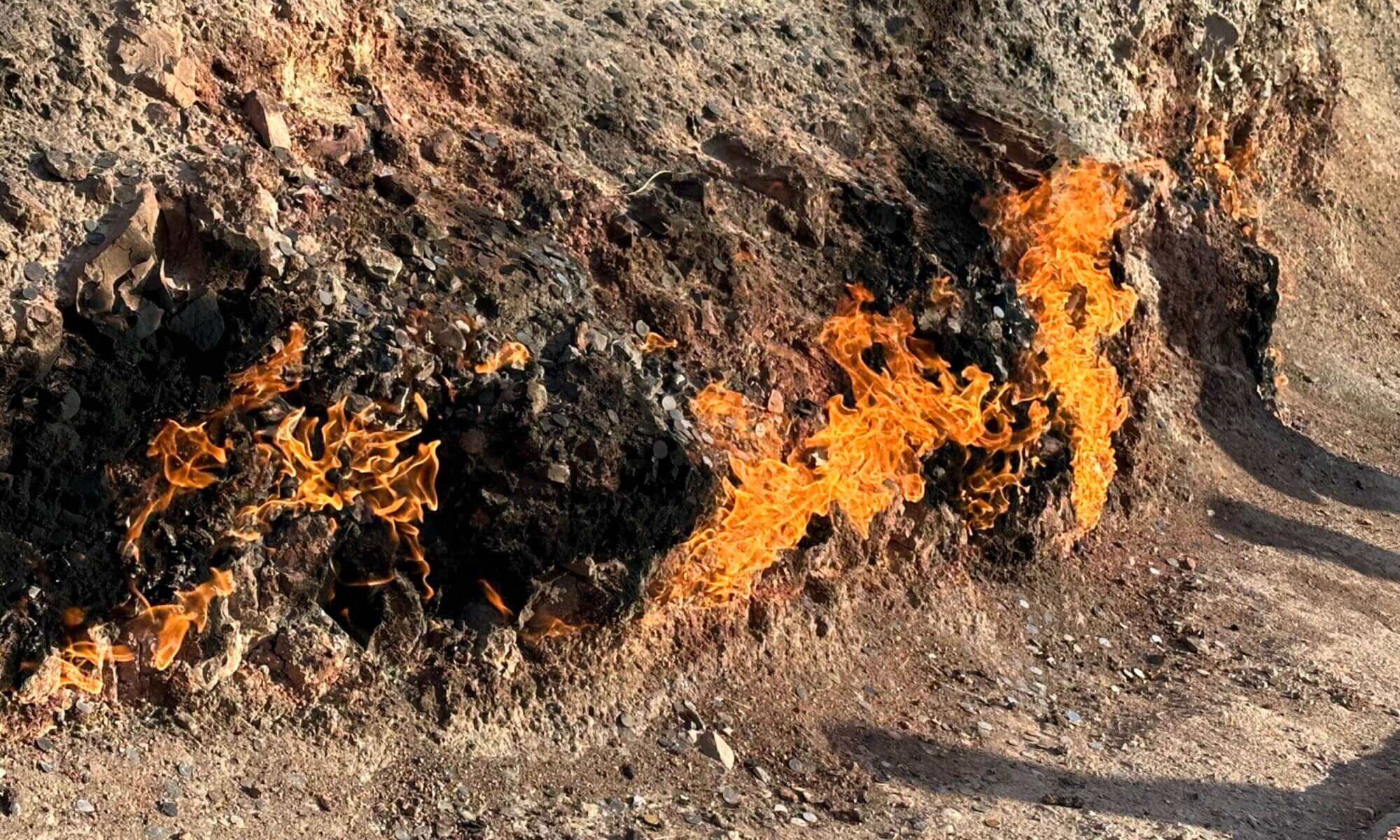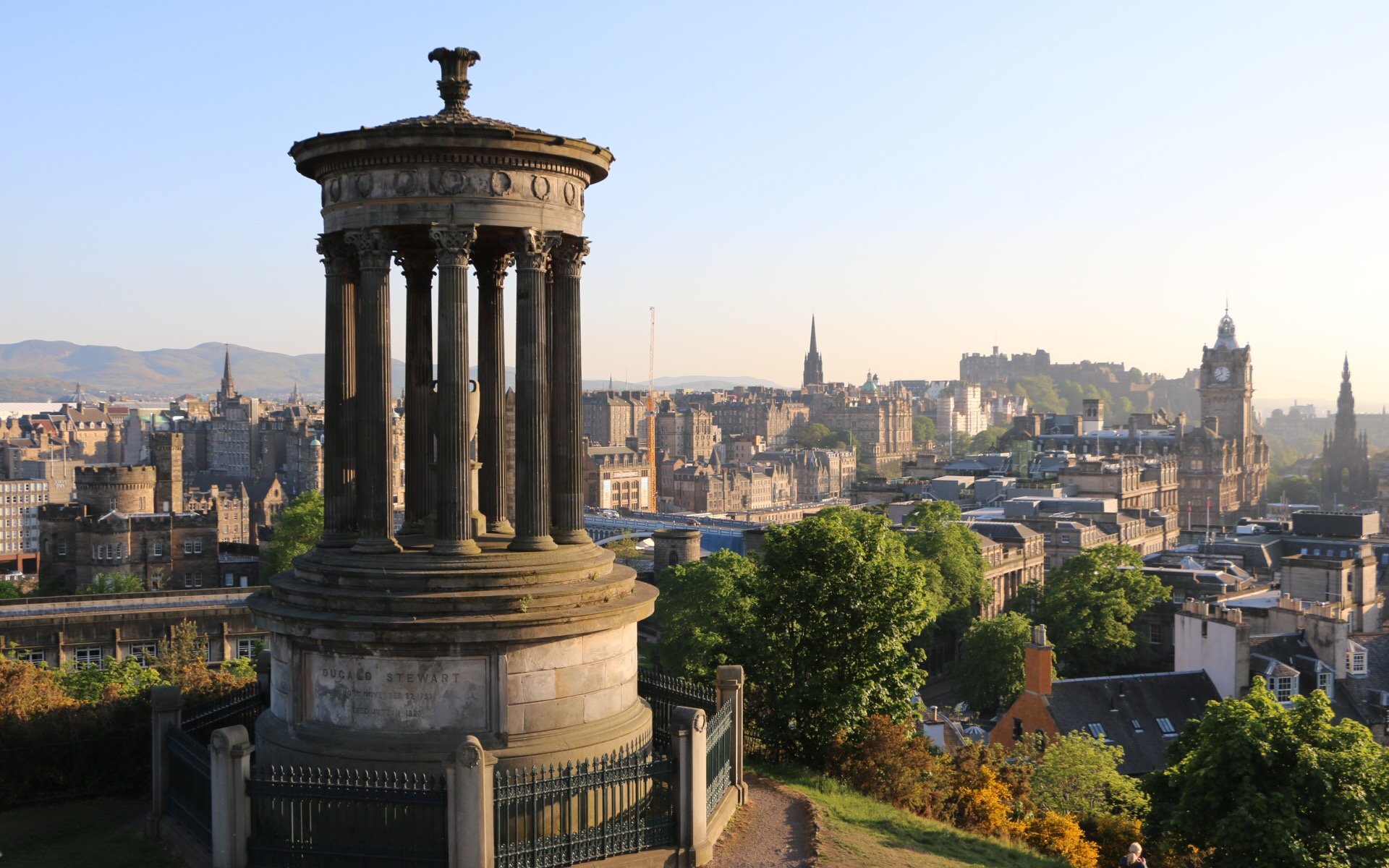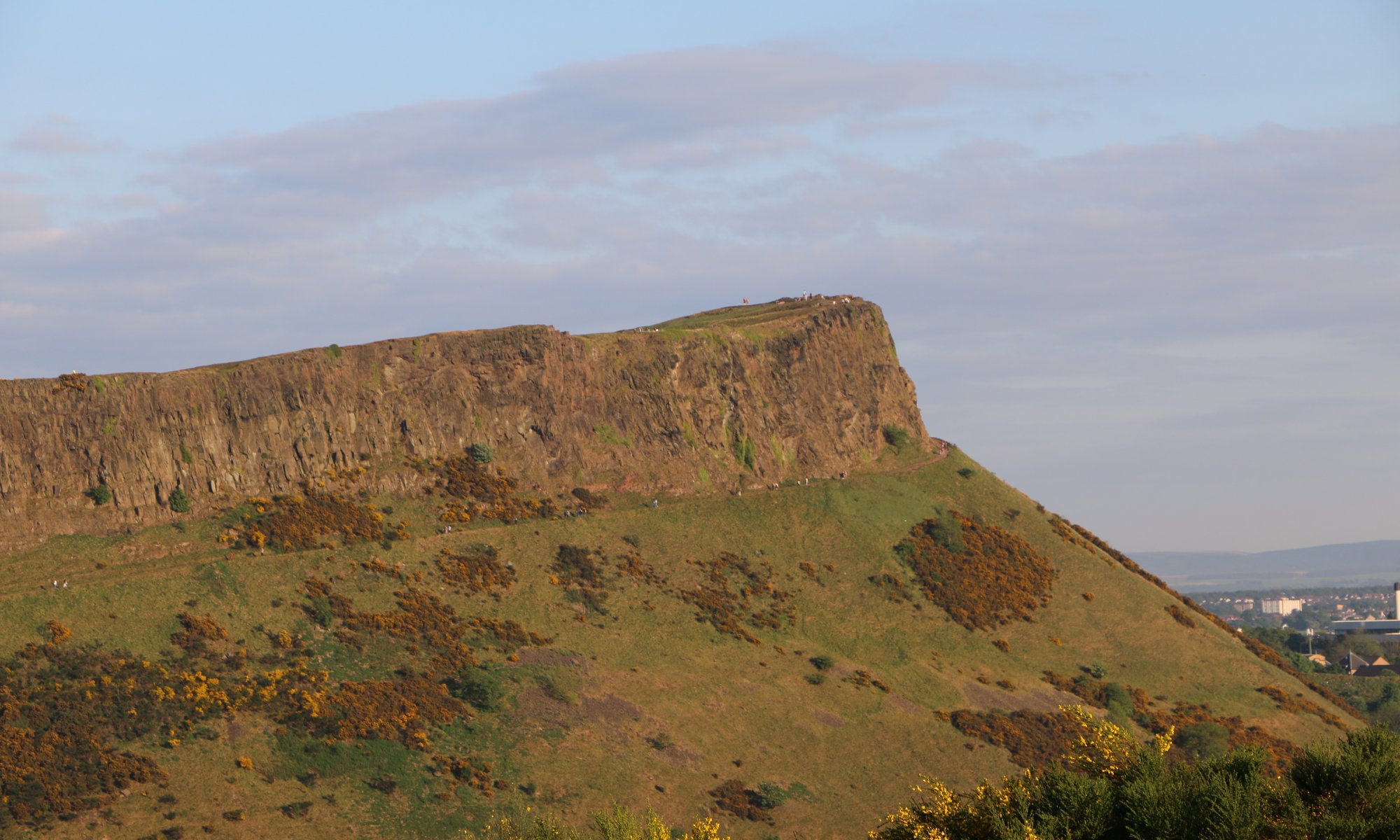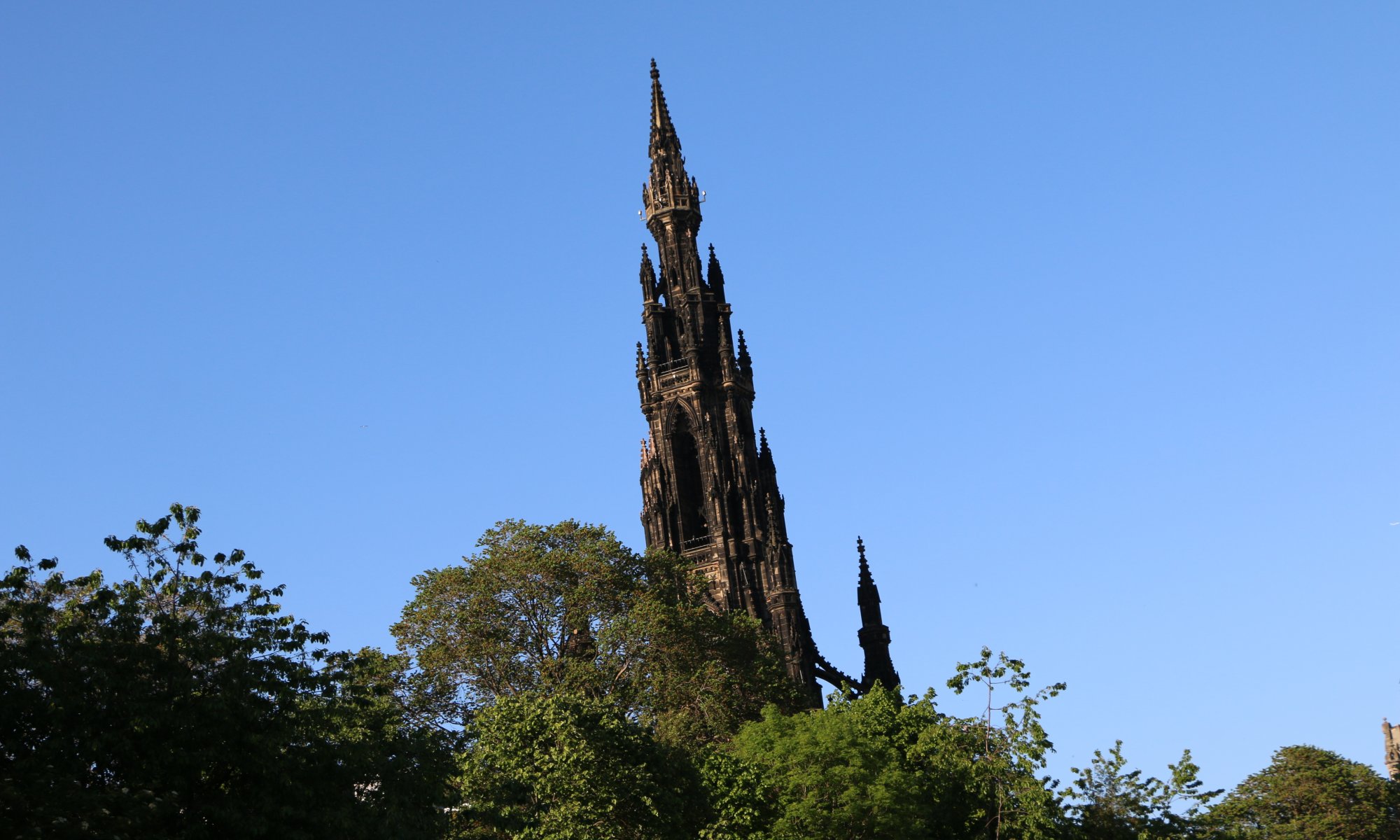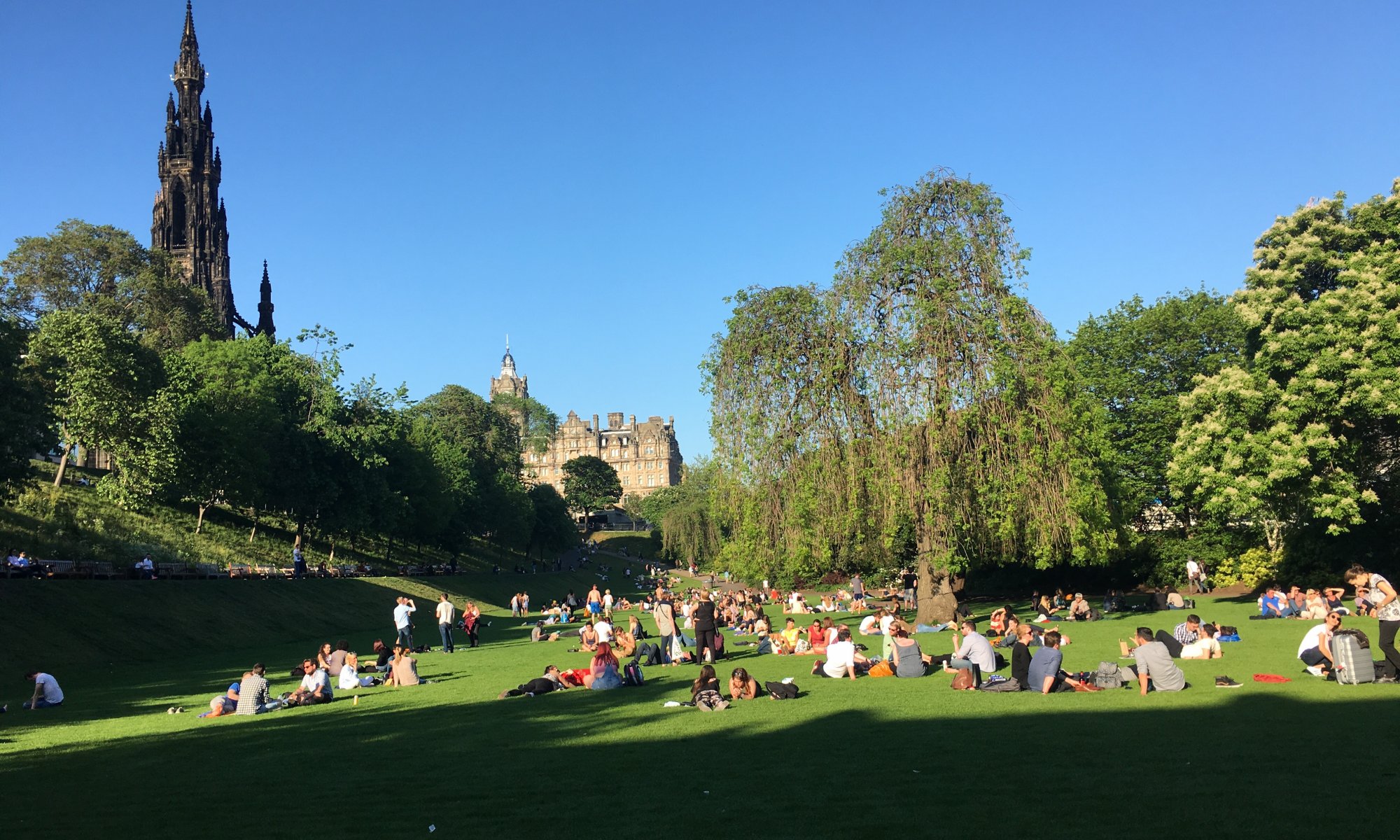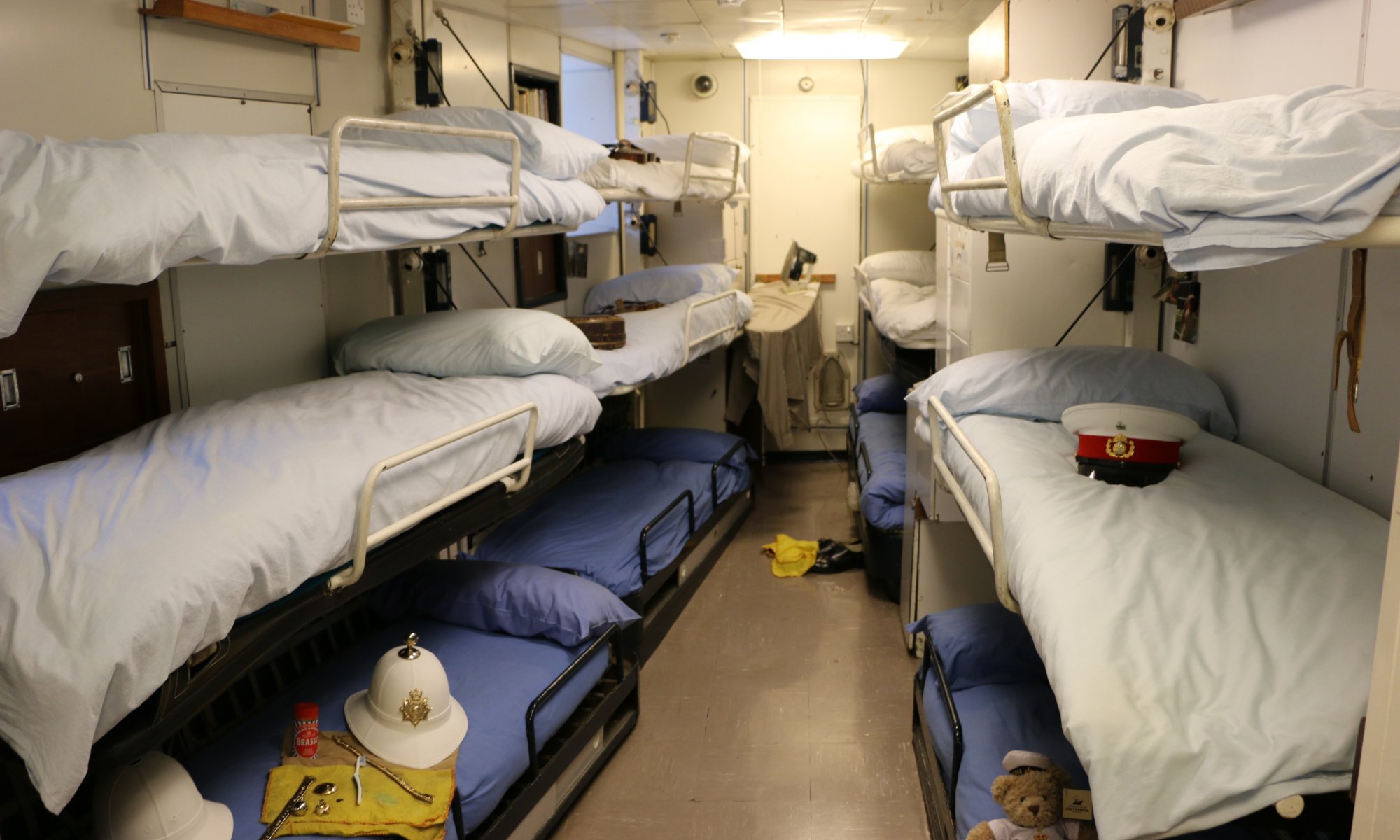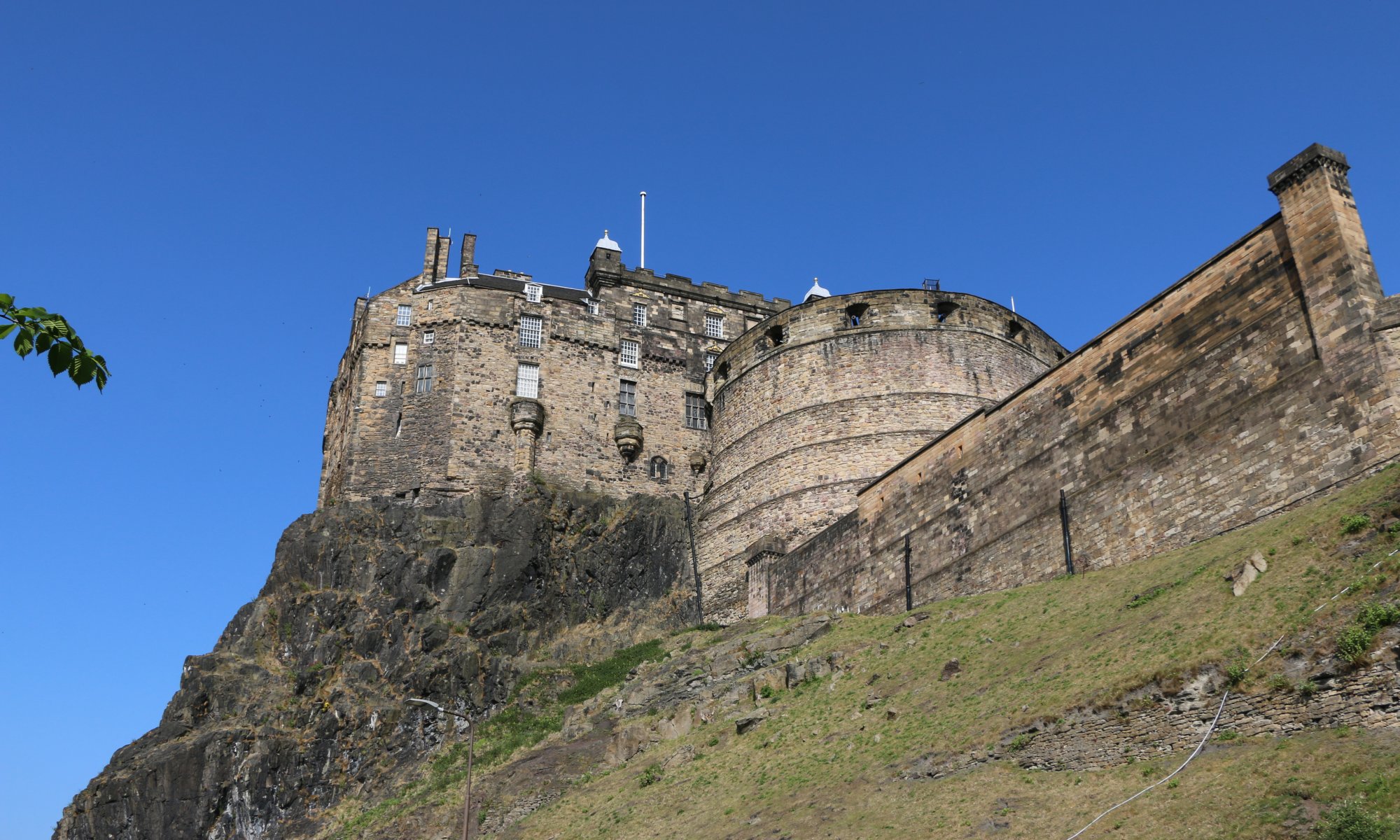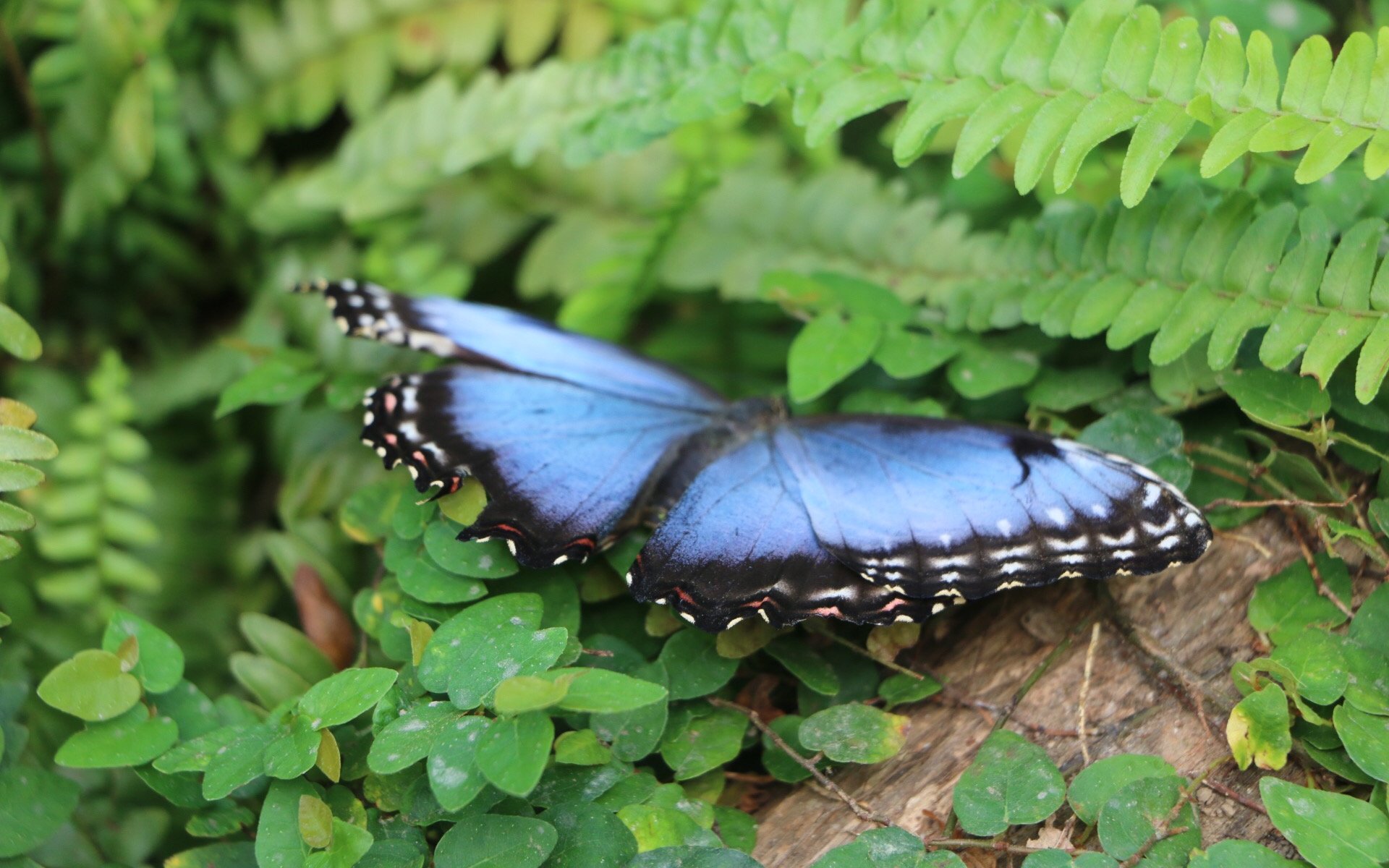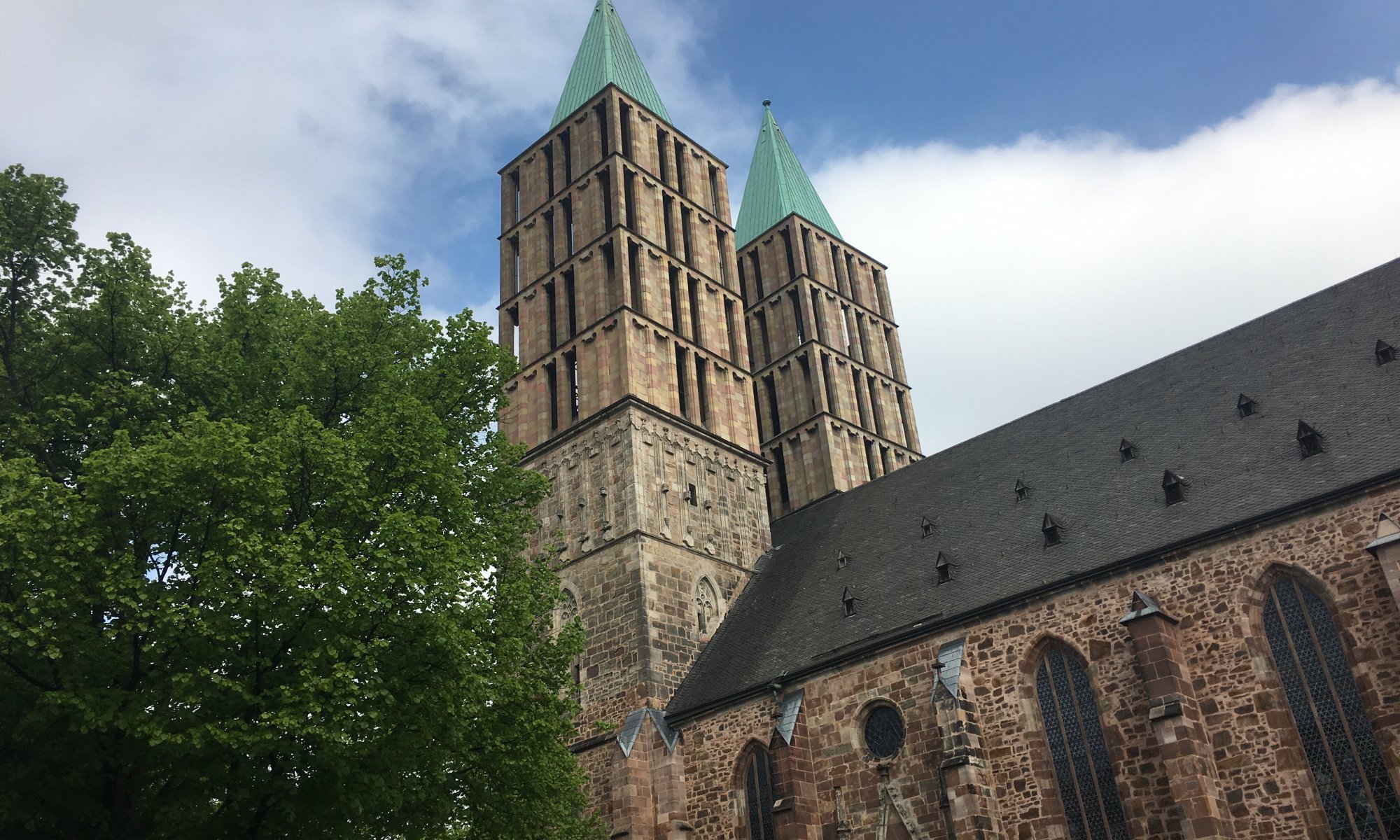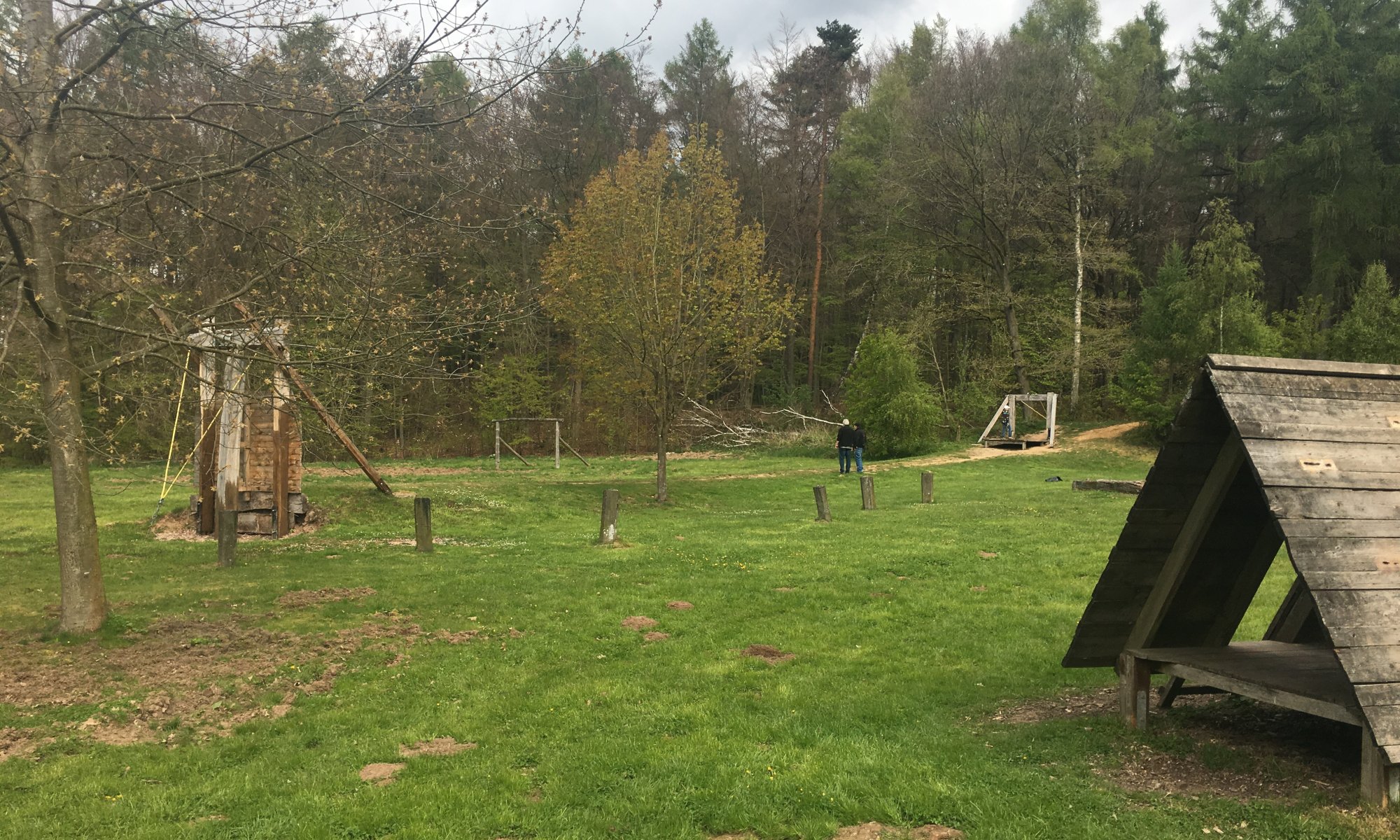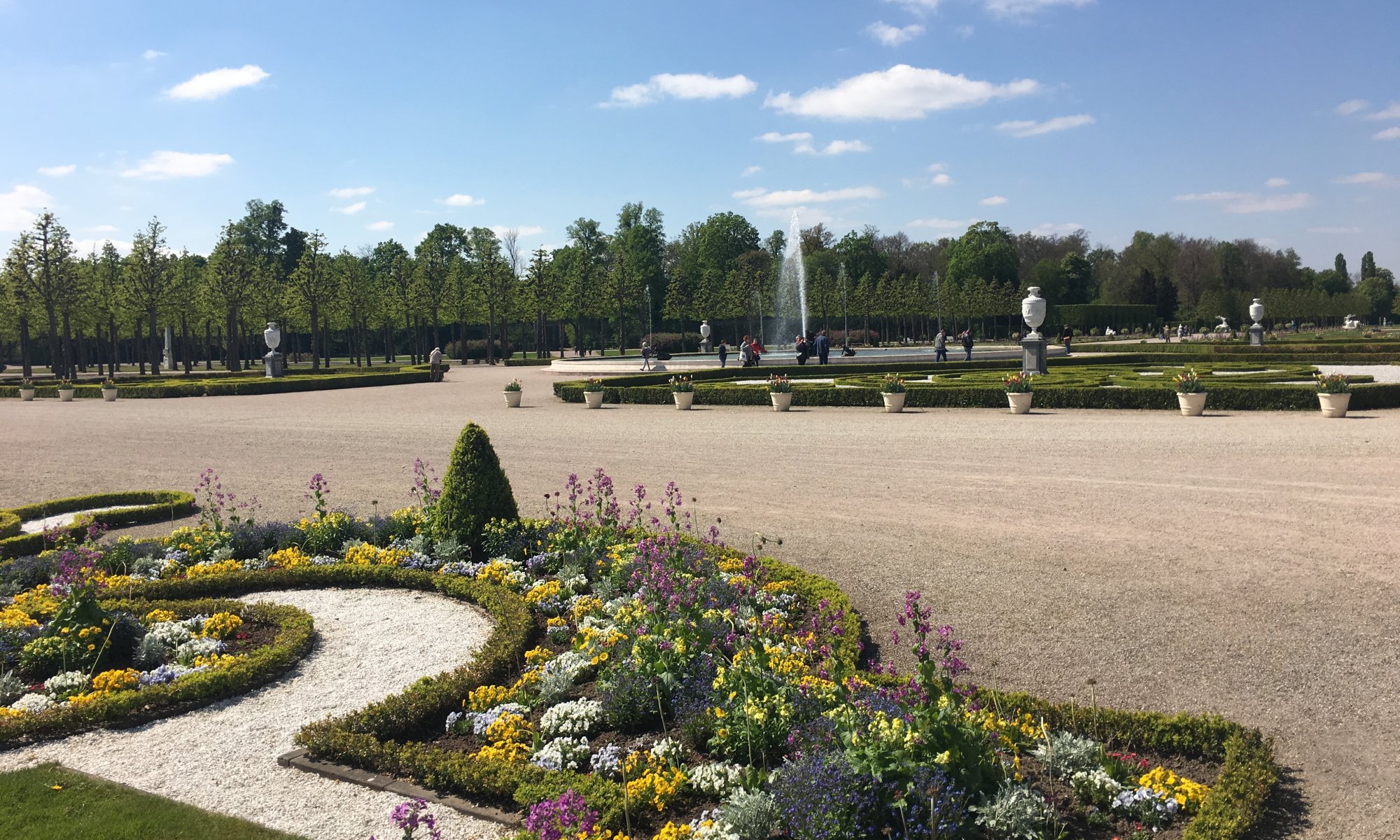Calton hill is a hill in Edinburgh, Scotland not far from the city center. It was once the location of the city jail and is since 1999 the seat of the Scottish government. Tourists get up there to have nice views on the city center around the Royal Mile and Arthur’s Seat and to discover the different buildings on the hill. Continue reading “Best views on the city”
Arthur’s Seat
If you want to go hiking in Edinburgh, Scotland you might look at for Arthur’s Seat. It is the 251 meters high Hausberg of the city located 1.5 kilometers east of the city center. It is unclear why it is named “Arthur’s Seat“; some suspect that the name comes from the Gaelic “Àrd-thir Suidhe” meaning “place on high ground“. Continue reading “Arthur’s Seat”
Scott Monument
The Scott Monument in Edinburgh, Scotland is a town’s landmark and the biggest monument honoring a writer in the world. It commemorates Sir Walter Scott and is located in the Princes Street Gardens not far from the main railway station named after his novel Waverley. It was built from the year 1840 on. Continue reading “Scott Monument”
Princes Street Gardens
If you’re tired of walking around in the streets of Edinburgh, Scotland you might consider a break in the Princes Street Gardens. They are located underneath Edinburgh Castle and can be found along the Princes Street beginning at the Waverley train station. This area was originally a lake that was continuously contaminated by sewerage from the old city center and was therefore dried-out. The park was then created in 1820. Continue reading “Princes Street Gardens”
HMY Britannia
The Britannia was a yacht used by the royal family from 1954 to 1997. It was utilized for 696 journeys to other countries and Prince Charles and Lady Diana had their honeymoon on the ship. In 1986 it was used to evacuate 1000 refugees from Yemen. Later it anchored in Leith now belonging to Edinburgh, Scotland and is maintained and used as a museum ship. Continue reading “HMY Britannia”
Edinburgh Castle
Edinburgh Castle is the most important sight and the town’s landmark of Edinburgh located on a mountain high above the capital city of Scotland. It was first mentioned in the 7th century CE and was home to Maria Stuart. Here you can see the crown jewels of Scotland and the Stone of Scone on which the Scottish and later the English kings and queens have been crowned. Continue reading “Edinburgh Castle”
Butterflies & shabby chic
I don’t know too many reasons to get to the small town of Uslar in Germany. It is not the most beautiful place on earth but it offers one speciality you don’t see that often: a butterfly park. From April to October you can be surrounded by huge tropical butterflies and enjoy another climate zone: the place was heated at the time of our visit to 29 degrees Celsius. Continue reading “Butterflies & shabby chic”
Modern towers
The Martinskirche or St. Martin in Kassel, Germany is an iconic Protestant church. Its two modern towers attached to an old church in Gothic style can be seen from many parts of the city. Construction works started in 1364 and the church was opened in 1462. Since 1524 it is a Protestant church.
Continue reading “Modern towers”Wald- und Abenteuerspielplatz Kattenbühl
The Wald- und Abenteuerspielplatz Kattenbühl is a playground in the forest close to Hann. Münden, Germany – near the road exiting the city quarter Kattenbühl and going to Laubach. It offers the possibility to have a barbecue with large groups and for children’s birthday parties. Continue reading “Wald- und Abenteuerspielplatz Kattenbühl”
Castle and gardens
The castle in Schwetzingen, Germany is a wonderful destination for a day trip. It was a summer residence of the electors of Palatine and it is especially famous for the castle gardens created in the 18th century. The first note about the castle dates back to the year 1350. Continue reading “Castle and gardens”
